3 Ways to set Targets for Key Performance Indicators (KPIs)
3 Ways to set Targets for Key Performance Indicators (KPIs)
Video Transcription
There are three methods to typically used for setting targets.
#1 Top-down Allocations.
In this method, targets are allocated down from the shareholders or partners and unfortunately are often non-negotiable. So how could this be allocated, perhaps on historical Performance in other words which Region did well in the past? Or market potential, for example, the market size, which Region is bigger and therefore needs more of their target allocated to them? In this case, the West Region. Eventually, the targets are allocated to individual people and this can be based on a track record, in other words, who has done the best in the past and therefore will probably do well in the future. Their capabilities, in other words, are they capable of selling these kinds of targets or it might just come down to the opportunity available to the individual? For instance, Jan has more clients, bigger clients, more premium clients and therefore she’s got a higher target.
Behind the numbers they are assumptions typically it is (Quantity * Rate) which arrives at a number. Now, you can either get the number and just freeze or, run away or get on with it. Or you can do something practical. For example, check the math. Maybe somebody’s made a mistake with your target.
Check the quantity and rates for reasonableness. Maybe the rates are wrong, or the quantities are wrong.
And finally, you can engage your boss in a meaningful conversation and try and put your case forward – if you feel that your target is just over the top.
#2 Targets are based on industry Benchmarks.
All industries have publicly available benchmark targets for certain KPIs, we just need to seek these out. For example, in the Airline industry, there are publicly available metrics around On-time departures, Net Promoter scores or Carbon emissions.
In the Healthcare industry, there are metrics around
Recovery rates, Recovery times and Cost Per Procedure.
In Education, there are metrics around Pass rates. In the Telecoms industry, you can get information around Call drop Rates.
In the Manufacturing industry, the Suppliers will even boast about order Lead times or Orders on time and in full, so you can get this information from these suppliers. And in the banking industry, there are metrics around Service Level Agreements, Cost to Income ratios and Net Promoter scores.
So if you want to Targets that’s are industry-related you need to get out there do some research and find the targets that are most relevant for your industry. But you need to be careful because not all targets said are industry targets will be relevant for you. You may need to adjust for your Region or Locality. For instance, what happens in North America might not be true in Africa. And you may need to adjust for size. For instance, benchmarks might be available for large companies in your industry but you need to tweak those benchmarks to be relevant if you’re a much smaller company within that industry.
#3. Targets can be based on Internal Historical Performance.
This graph shows the KPIs for a 12-Months Period. In January, you can see the best performance reached 102. November and December are really good months. You can see that the first 6 Months are quite erratic or volatile. One month up, one month down. But have a look at July, August and September. These were the three best months in a row. 88, 90, 86. The average for those three months is 88%. And you would do well to make that (88%) your target.
It’s very important that you do not fall into the trap of making the best months a target.
You might be tempted to make November and December the target because these are two very good months in a row, but we’re not sure if it’s sustainable going forward. What we’re looking for is a good reliable sustainable target and the average of July to September is your best bet in this situation.


